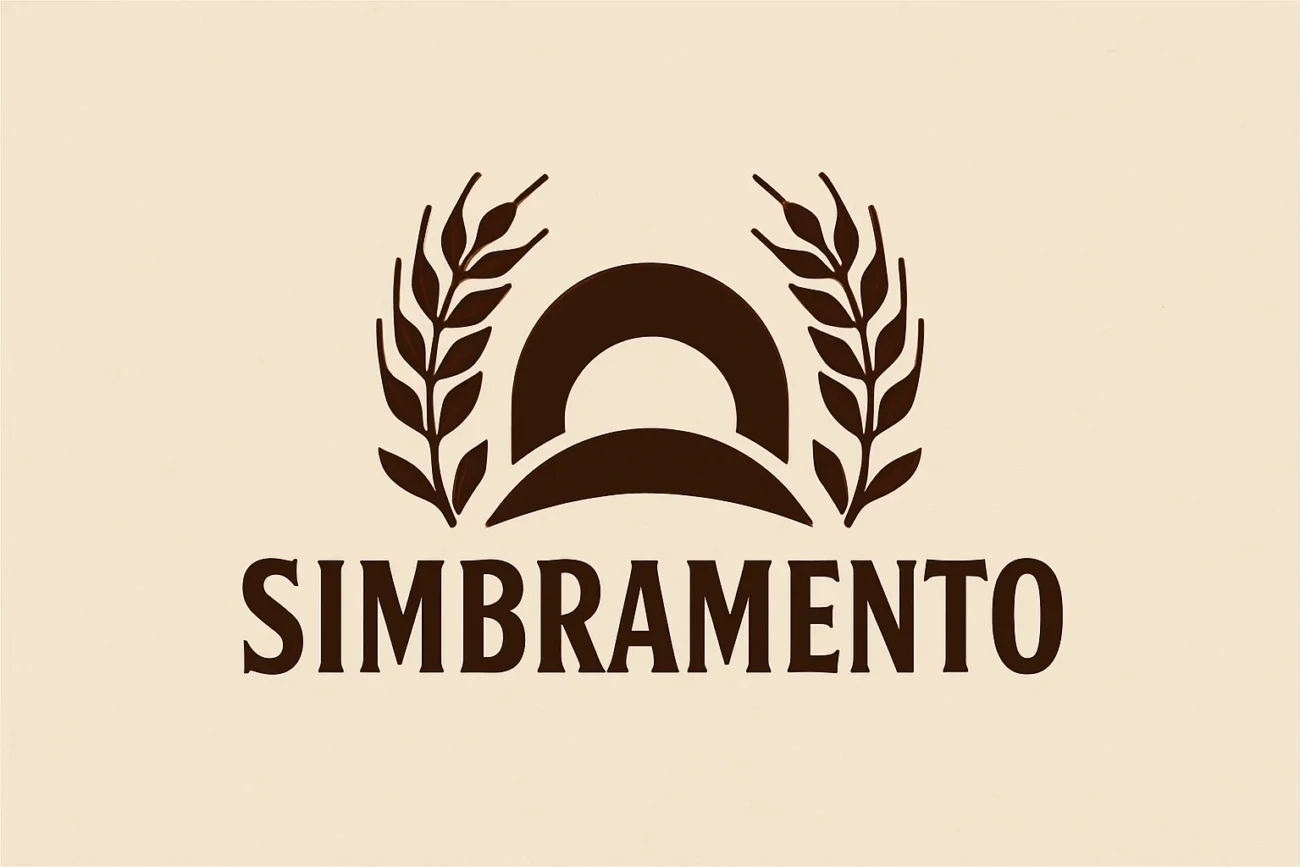In the diverse world of agricultural terminology, simbramento is a lesser-known but fascinating term, rooted in pastoral traditions of Southern Europe. Though its usage has declined in everyday speech, the practice behind it tells a rich story of communal cooperation, sustainability, and the intimate relationship between people and their land.
What is Simbramento?
Simbramento refers to a traditional practice of transhumance, particularly in Italy and parts of the Mediterranean. It involved the seasonal movement of herds — especially sheep and cattle — from lowland pastures to high mountain grazing grounds and vice versa. The word originates from the Italian verb simbrare, loosely meaning “to gather or bring together herds,” often under the guidance of shepherds or livestock owners.
In many regions, the simbramento occurred at specific times of the year: typically in spring, when the animals were moved to alpine or upland pastures (known as alpeggio), and in autumn, when they returned to the plains or valleys for winter grazing.
Historical Context
The practice dates back to ancient Roman and medieval times, when agriculture and pastoralism formed the backbone of the economy. In central and southern Italy — such as Abruzzo, Molise, and Basilicata — vast networks of tratturi (ancient sheep tracks) were used for these migrations. These routes were protected and respected, forming an important part of the rural culture.
The simbramento was more than just a logistical operation — it was a communal and ceremonial event. Entire communities participated in preparing for the journey, managing the animals, and hosting festivals to mark the seasonal change. Songs, food, and religious blessings often accompanied the herders, making simbramento a deeply social tradition.
Ecological Significance
While it may seem old-fashioned, simbramento holds great ecological and environmental value:
-
Biodiversity: The rotation of grazing grounds prevents overgrazing, allowing natural flora to regenerate.
-
Soil Health: Grazing on different terrains enhances soil fertility and reduces erosion.
-
Climate Adaptation: Moving animals based on seasonal climate shifts allows for better resource usage and animal health.
These benefits are drawing the attention of modern environmentalists and sustainable agriculture advocates, who see traditional transhumance — including simbramento — as a solution to ecological imbalance in rural areas.
Simbramento in Modern Times
Today, the tradition of simbramento is slowly fading due to industrial farming, urban migration, and the decline of small-scale shepherding. However, there has been a revival of interest:
-
Tourism: Some Italian regions promote simbramento-related tourism, allowing visitors to follow the herds and experience shepherd life firsthand.
-
Cultural Heritage: UNESCO recognized transhumance as Intangible Cultural Heritage in 2019, encouraging preservation of simbramento practices.
-
Agricultural Cooperatives: Young farmers and cooperatives are rediscovering this model as a sustainable alternative to intensive livestock farming.
The Socio-Cultural Importance of Simbramento
Beyond its agricultural and ecological roles, Simbramento also played a central part in shaping rural identities and community bonds. The movement of herds was not a solitary act but rather a cooperative endeavor that required organization, negotiation, and mutual support.
In many mountain communities of central Italy, simbramento was accompanied by:
-
Religious rituals to bless the herds and ensure safe passage.
-
Local fairs and festivals, where artisans, farmers, and merchants gathered.
-
Oral traditions, including songs, stories, and proverbs passed down through generations.
These events fostered a strong sense of community and intergenerational knowledge transfer, which modern rural societies often lack. As such, reviving simbramento also means revitalizing cultural heritage, reconnecting people with the land and with one another.
Simbramento and Slow Tourism
In recent years, agritourism and “slow tourism” have emerged as powerful tools to preserve traditions like simbramento. Tourists now seek authentic rural experiences that go beyond sightseeing — they want to engage with local customs, foods, and landscapes.
Several regions in Italy, such as:
-
Molise
-
Abruzzo
-
Calabria
-
Sardinia
have launched guided simbramento tours, where visitors can walk alongside shepherds, learn traditional cheese-making (like pecorino), and enjoy rustic meals in mountain huts. These experiences provide economic opportunities for rural families while educating tourists about sustainable farming and biodiversity.
Conclusion
Though obscure to many outside the Mediterranean agricultural sphere, simbramento is a meaningful example of how ancient knowledge and traditions can guide contemporary challenges in land use, animal husbandry, and environmental conservation. Its story is one of adaptability, resilience, and harmony with nature — offering a timeless lesson in a world increasingly distanced from its rural roots.
As climate change and food security become global issues, perhaps it is time to reexamine and embrace practices like simbramento, not just for their historical value, but for the future they might help shape.
